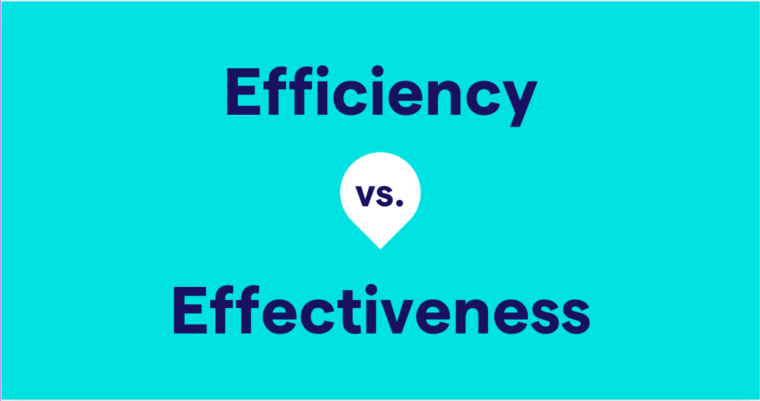Both lots and plenty are quantifiers used in affirmative sentences. They can be placed before singular or plural countable and uncountable nouns. Although lots and plenty are acceptable in academic writing, their usage is considered to be informal. In formal academic writing, it is more appropriate to use many, much, and more.
Lots and Plenty
Lots and plenty are called quantifiers because they describe the quantity of the noun in a sentence. A lot of or lots of can signify a large measure or quantity of a noun, whereas plenty and plenty of signifies enough and more of a noun.
Lots of and plenty of are used in the above examples with the singular, uncountable nouns peanut butter and tea. However, lots and plenty can be used with plural countable nouns as well.
People and friends are both plural countable nouns. We can count people and friends.
If used at the end of a sentence, of can be omitted from expressions using lots and plenty.
Many, Much, and More
Much is a quantifier that is used with singular uncountable nouns, whereas the quantifier many is used with plural countable nouns.
In these examples, toner and freedom are singular uncountable nouns, while wizards is a plural noun.
Both much and many are sometimes used with of:
Unlike much and many, more is a quantifier that can be used either with singular or plural nouns.






